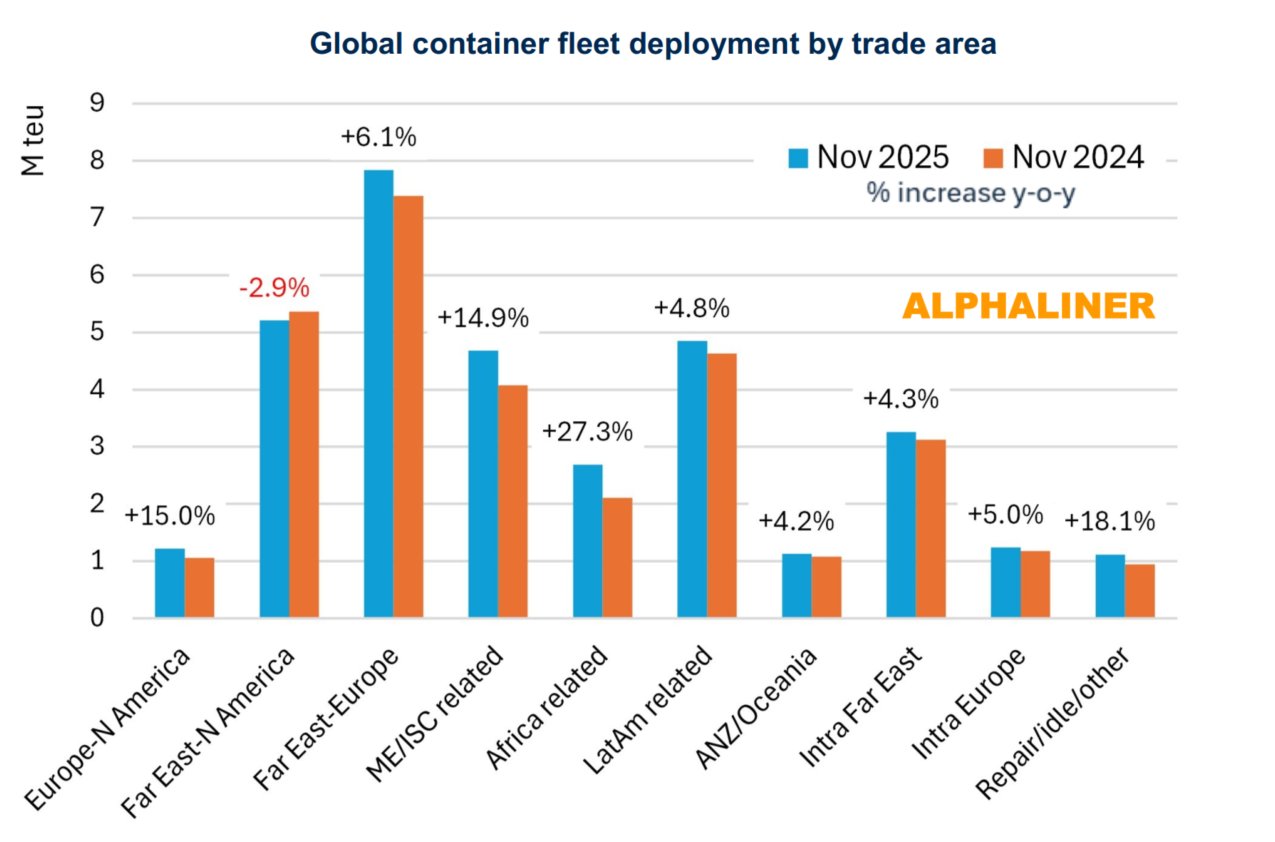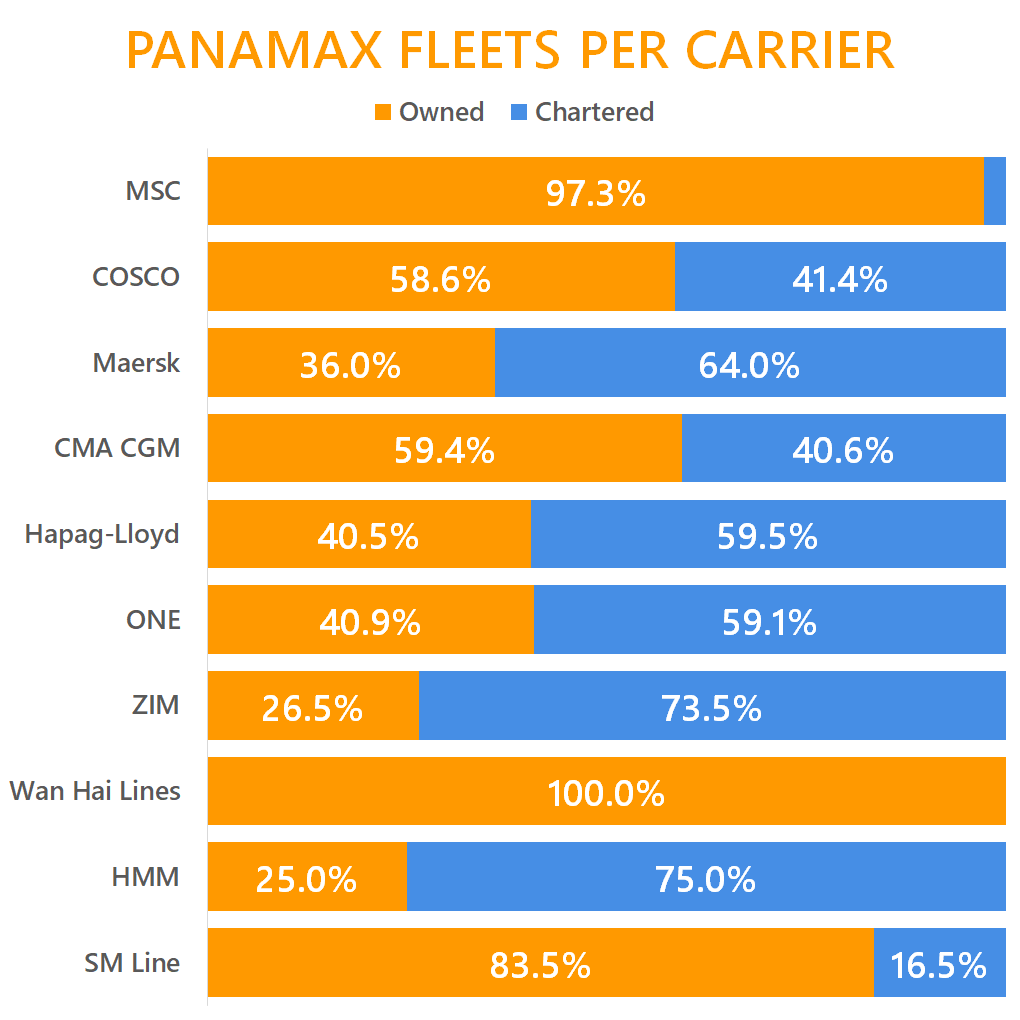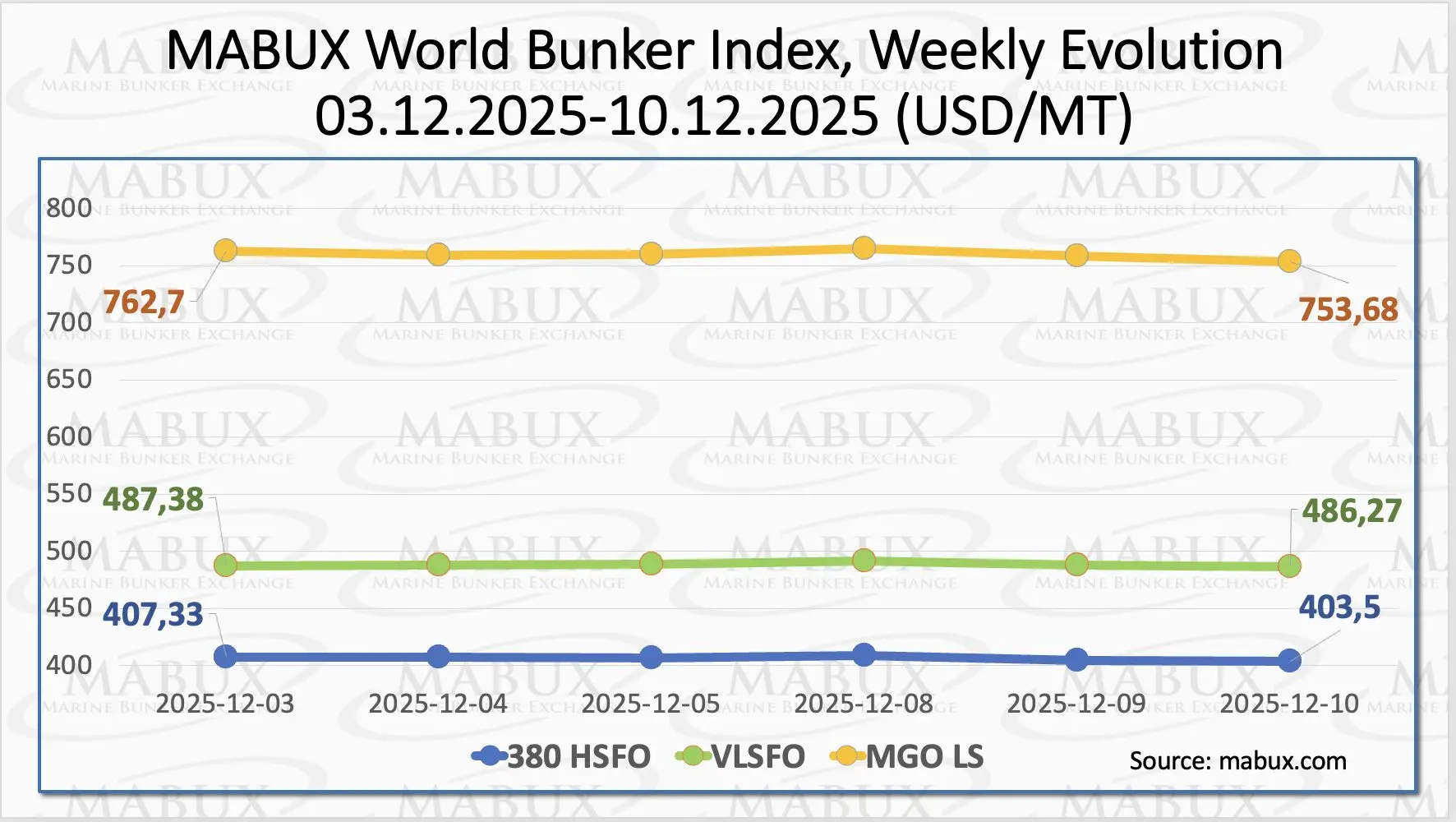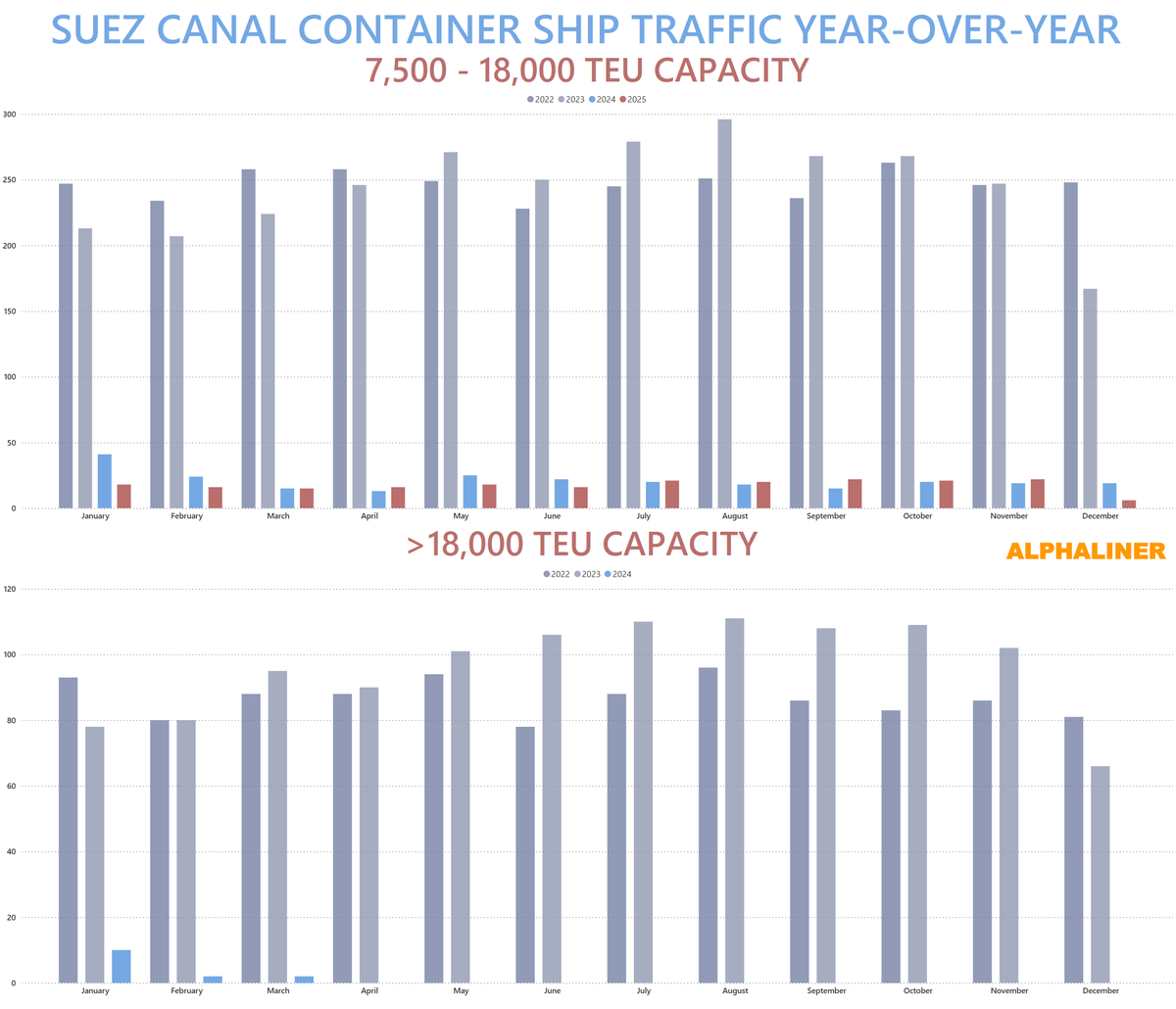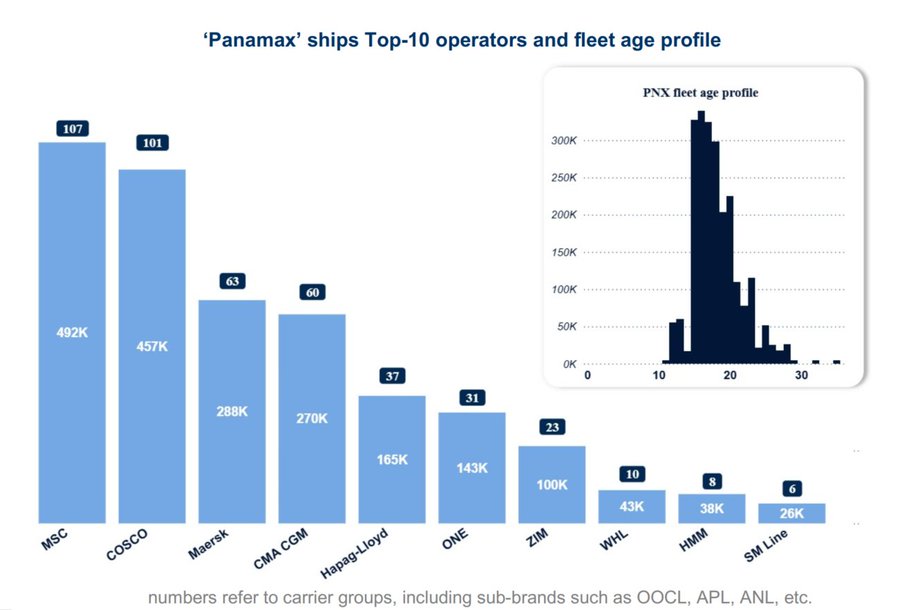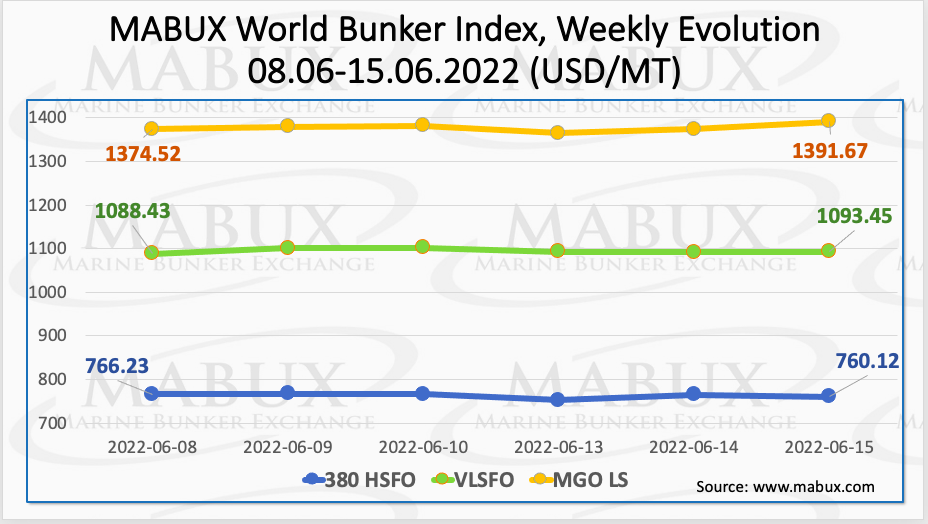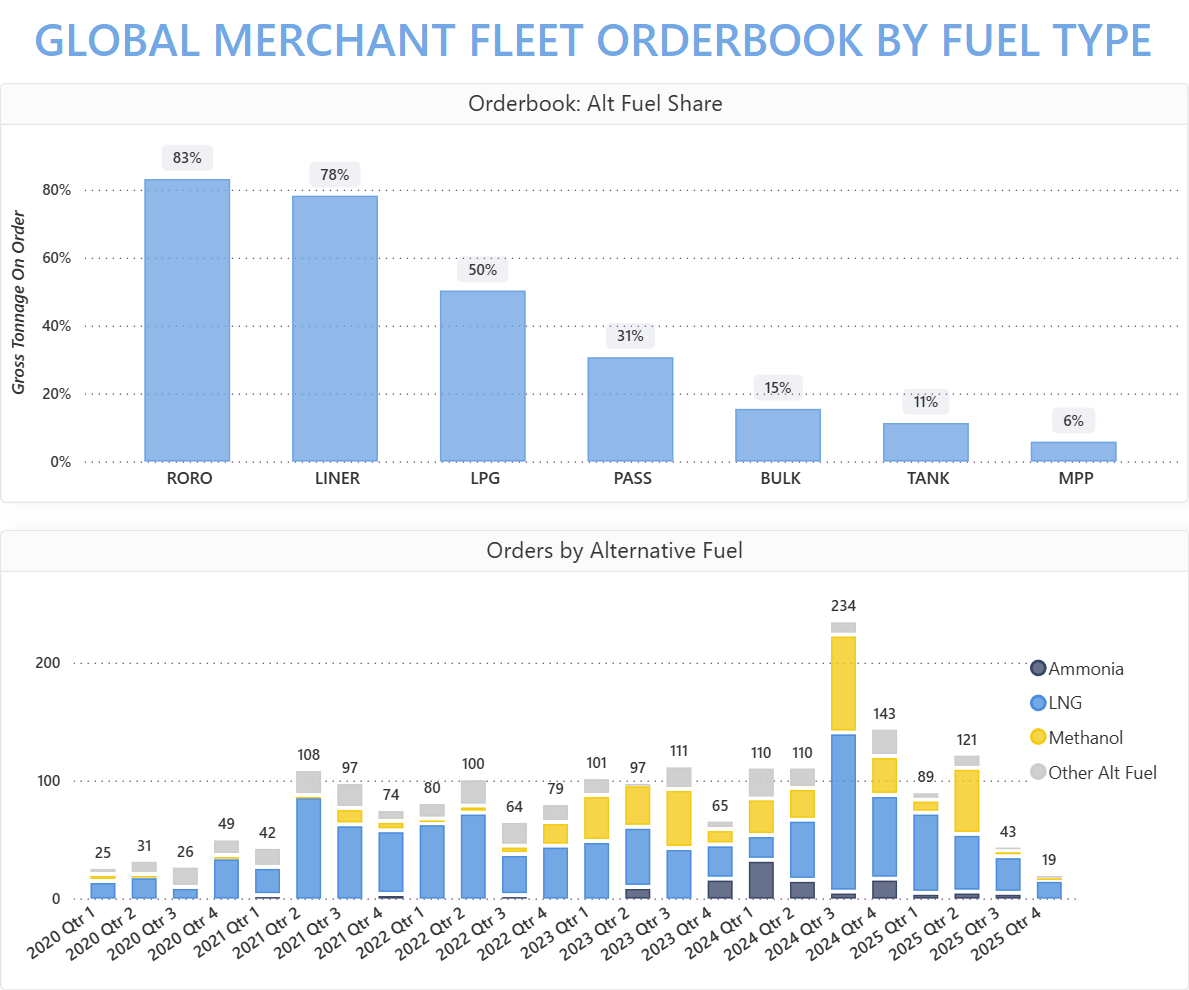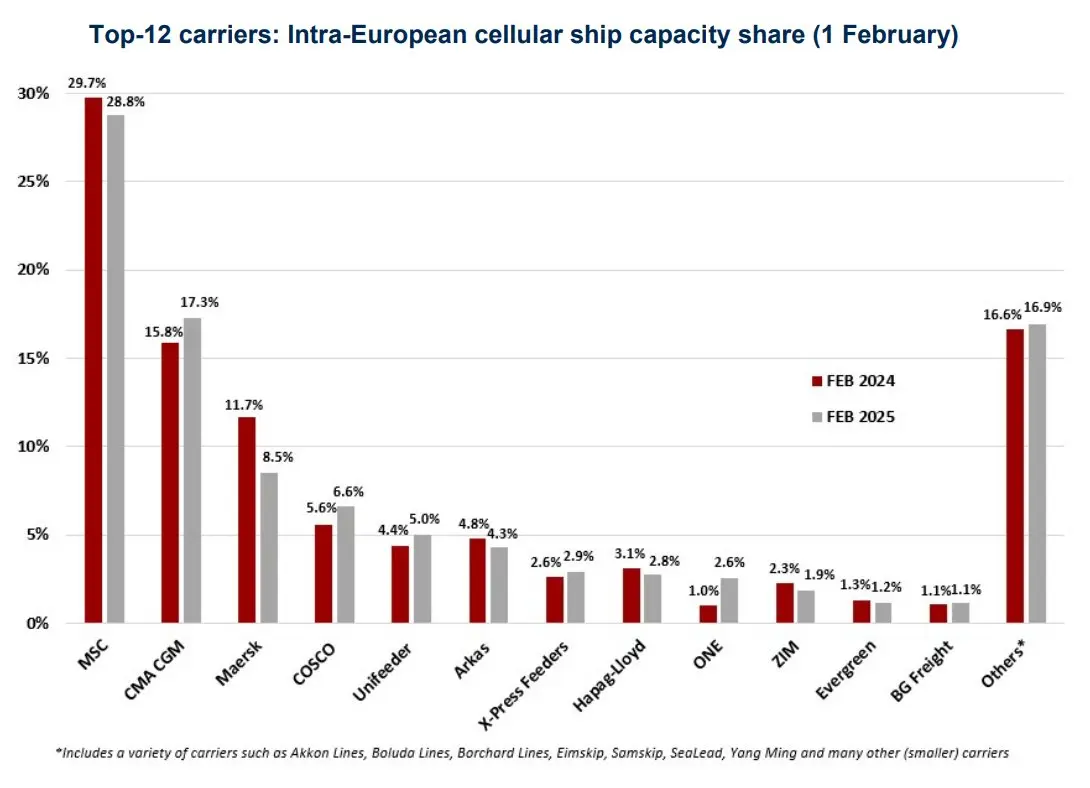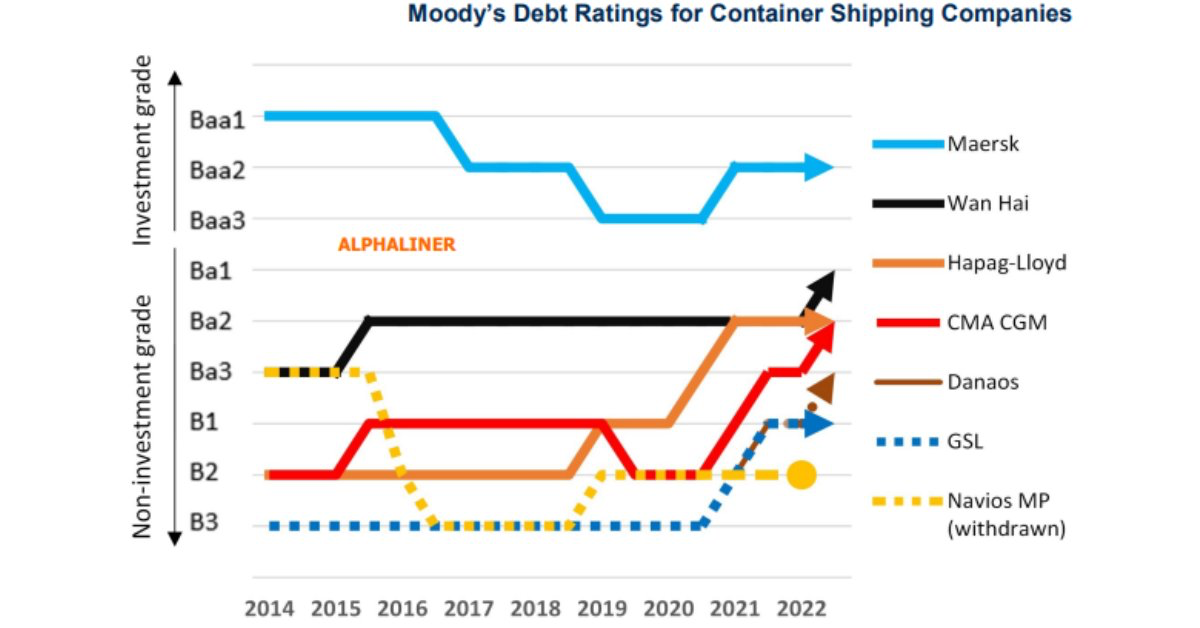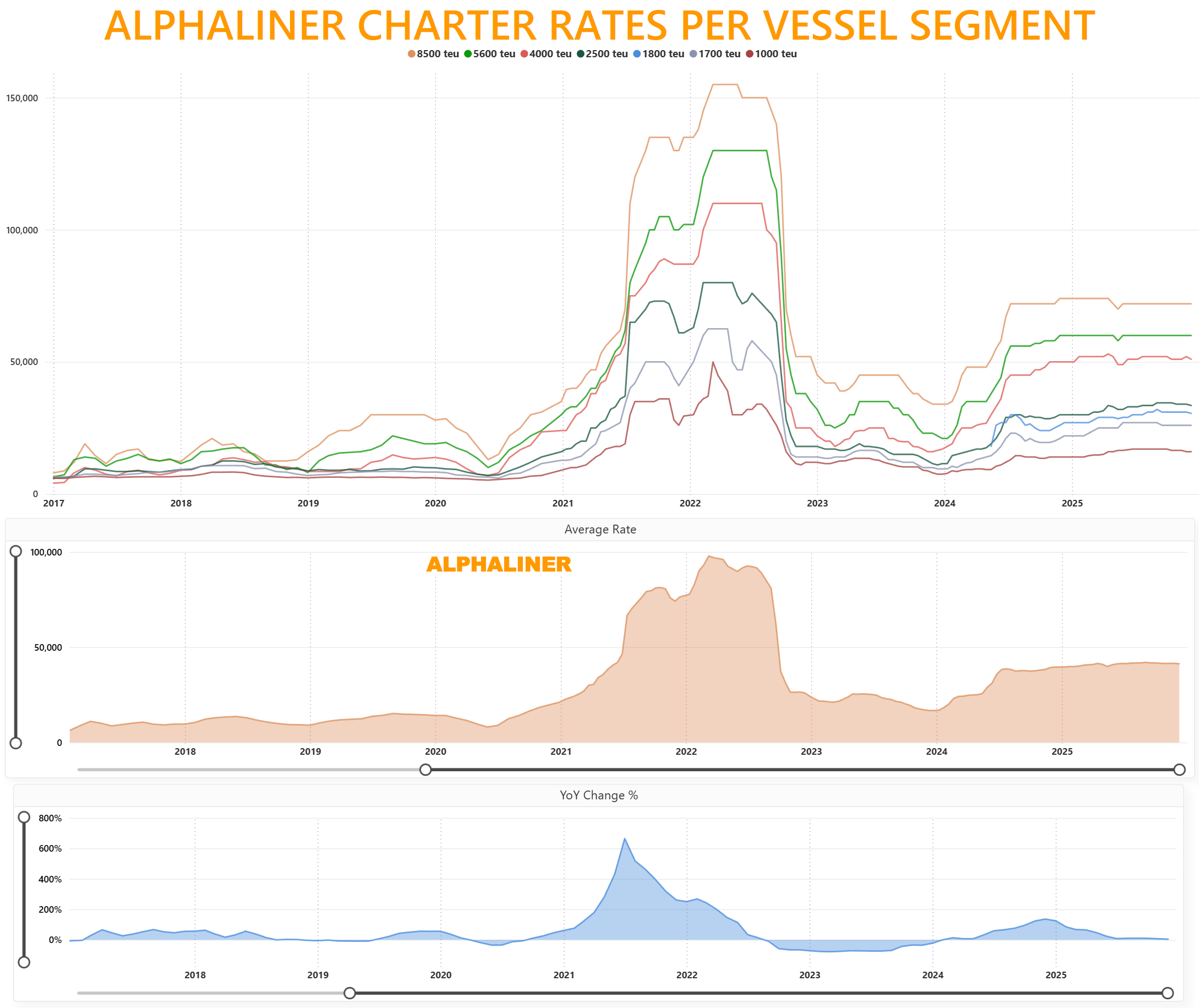
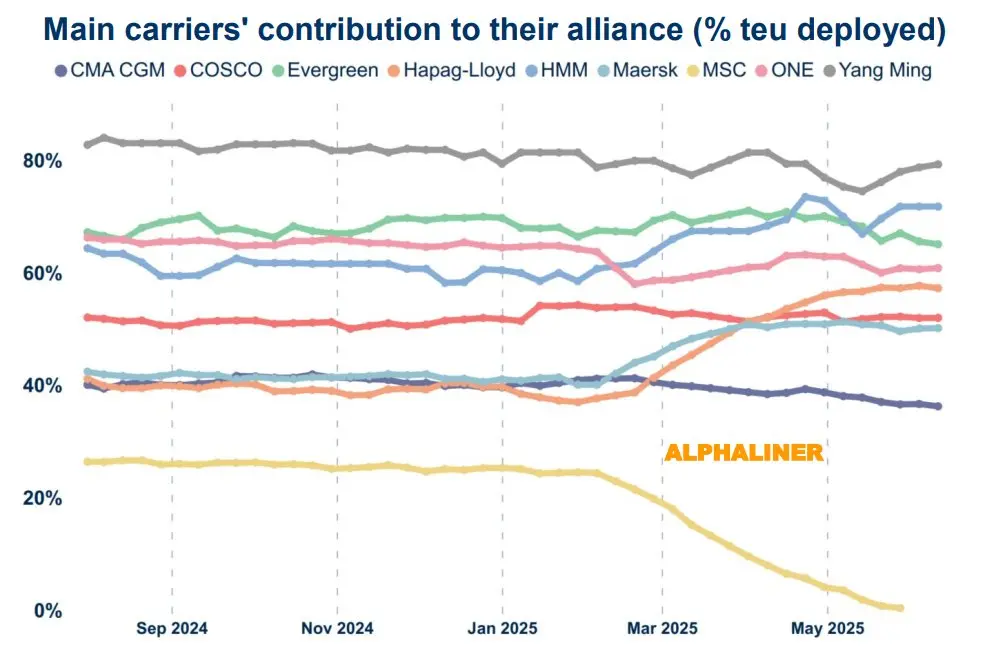
The MSC ISABELLA recently completed the ultimate voyage under the 2M Agreement. With the phase-out of the 23,656 teu ship, the last 2M sailing has ended and the ‘old’ carrier alliance set-up of 2M, THE Alliance and OCEAN is finally history.
The end of 2M resulted from Maersk‘s and MSCCargo‘s decision to cease their collaboration, allowing both carriers to redesign their respective East – West offerings and partnerships.
With the end of 2M, new partnerships arose: HapagLloydAG left THEA to join Maersk in the new Gemini Cooperation and THEA was restructured into the Premier Alliance.
After a transition period, during which the new networks were set up and the old ones slowly wound down, Alphaliner can now assess the new carrier alliances: How big they are and how much tonnage each partner brings in.
OCEAN, the only alliance that did not undergo a structural change, remains the biggest group with a fleet capacity of 4.37 Mteu. This compares to 3.69 Mteu for Gemini Cooperation and 2.42 Mteu for Premier Alliance.
MSC, which is now a standalone carrier, deploys 3.27 Mteu of capacity on the East – West trades (excluding Canada and India). These are the routes that MSC used to serve until recently under 2M.
The alliances’ overall fleet capacities can, however, no longer be compared on an equal basis. While the competing main alliances in the East – West trades used to operate structurally similar networks, this has changed in 2025.
Today, the offering also includes carriers that apply a ‘Hub and Spoke’ concept, with regional ‘shuttles’ that are operated within the scope of an alliance agreement.
Others meanwhile stick to a more traditional set-up, and again others operate standalone networks supported by slot exchange agreements.
Source: Alphaliner

